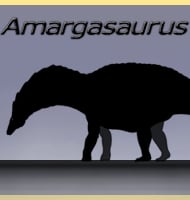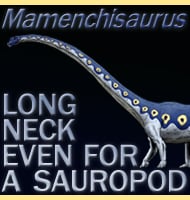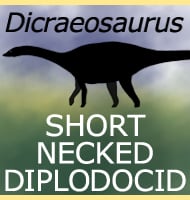In Depth
The history of Galeamopus goes all the way back to 1902 when the first fossils were discovered in the US state of Wyoming. In 1906 the fossils were assigned to the Diplodocus genus, but in 1924 they were given their own species D. hayi, upon the basis that they were clearly different to other Diplodocus type species. For almost a century afterwards, D. hayi was held as a valid species of Diplodocus, but then in 2015 everything changed. A study conducted by Emanuel Tschopp, Oct�vio Mateus and Roger Benson focused upon spotting key differences between fossils assigned to both genera. What they found was the specimens of Diplodocus hayi had thirteen clear autapomorphies that distinguish it as distinct from other Diplodocus species, enough to make it a separate genus which now bears the name Galeamopus. However, while this revision was big news in itself, it was overshadowed by an even bigger story, when this same study also concluded that Brontosaurus was actually separate from Apatosaurus, making Brontosaurus a scientifically valid genus for the first time since 1903.
At this point it should be obvious that Galeamopus was what is known as a diplodocid sauropod, but this can be refined further to calling it a diplodocine due to its closer similarity to Diplodocus. Diplodocine members of the Diplodocidae are noted as being more gracile (lightly built) than their apatosaurine (closer to Apatosaurus) cousins. Galeamopus also certainly had a whip-like tail that may have been capable of producing loud cracking sounds. It is also possible that Galeamopus had a series of short keratinous spines running down the length of its body as these have been seen in some other species of diplodocid sauropods.
Further Reading
- A specimen-level phylogenetic analysis and taxonomic revision of Diplodocidae (Dinosauria, Sauropoda). - PeerJ 3:e857. - E. Tschopp, O. Mateus & R. B. J. Benson - 2015. – Osteology of Galeamopus pabsti sp. nov. (Sauropoda: Diplodocidae), with implications for neurocentral closure timing, and the cervico-dorsal transition in diplodocids. – PeerJ. 5. – Emanuel Tschopp & Oct�vio Mateus – 2017.










